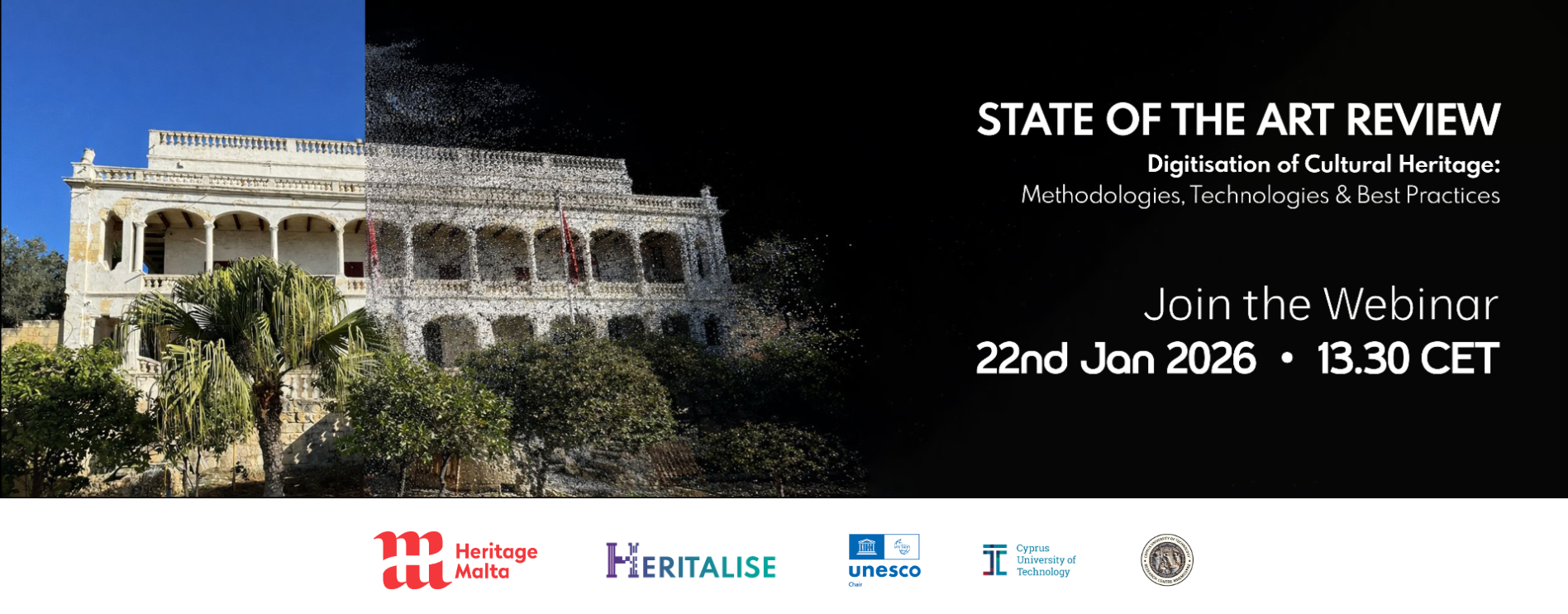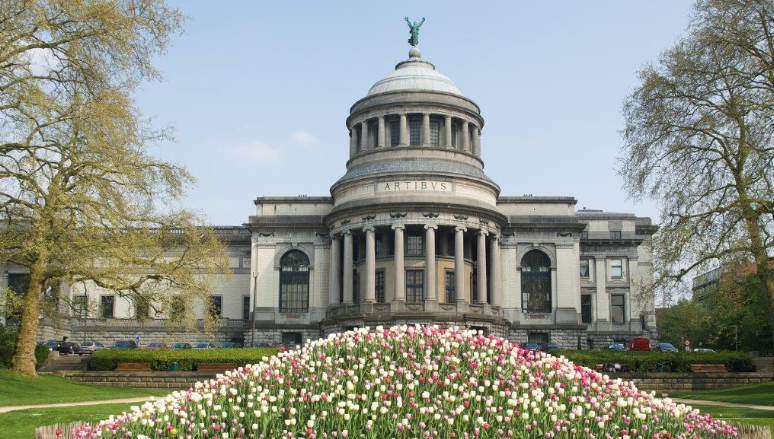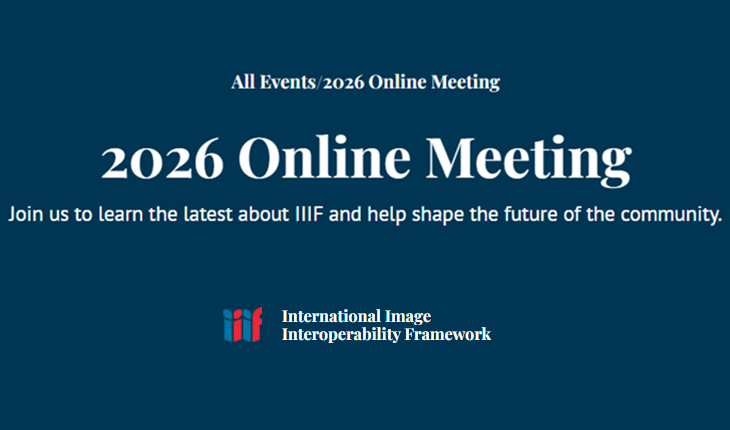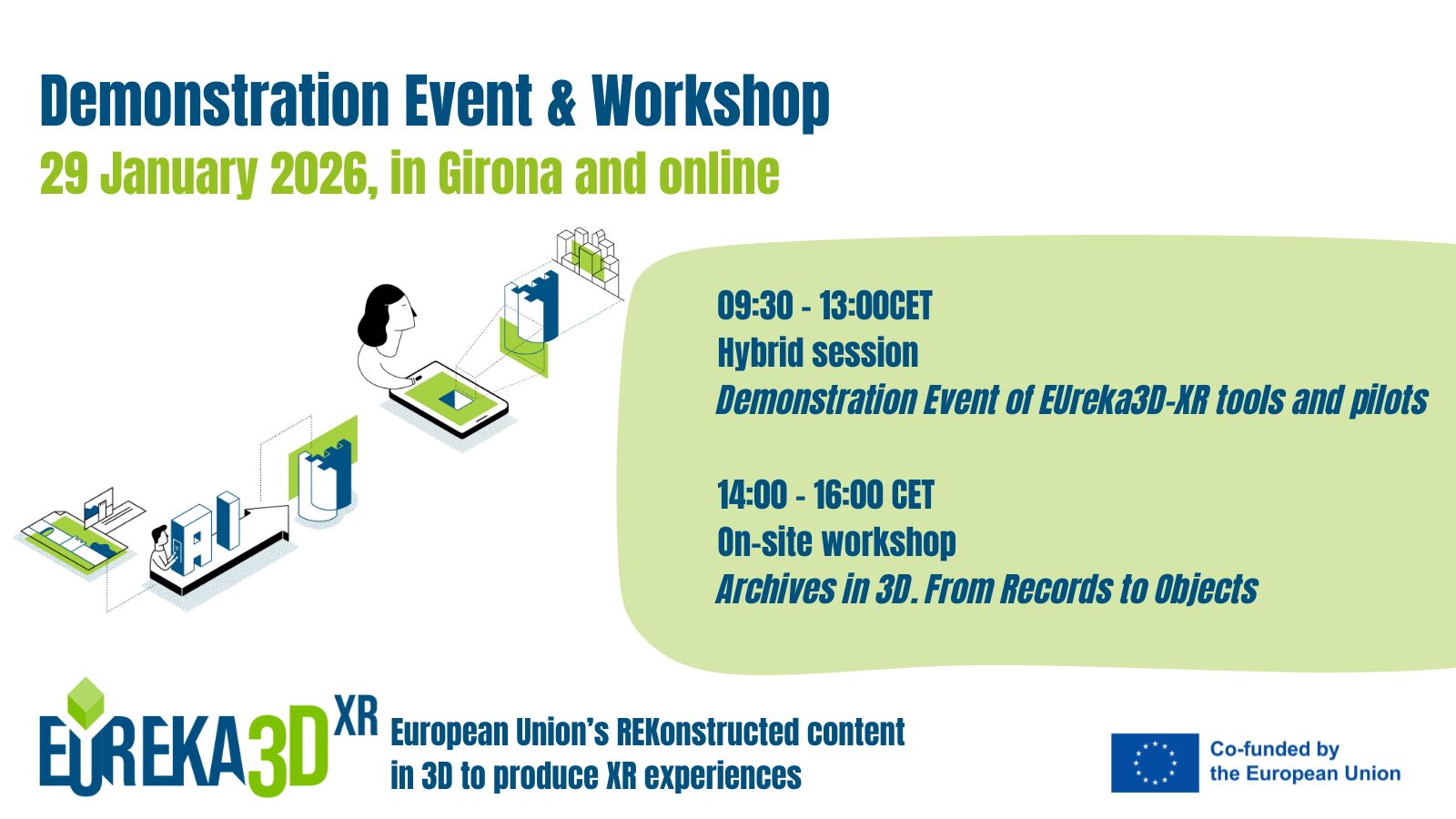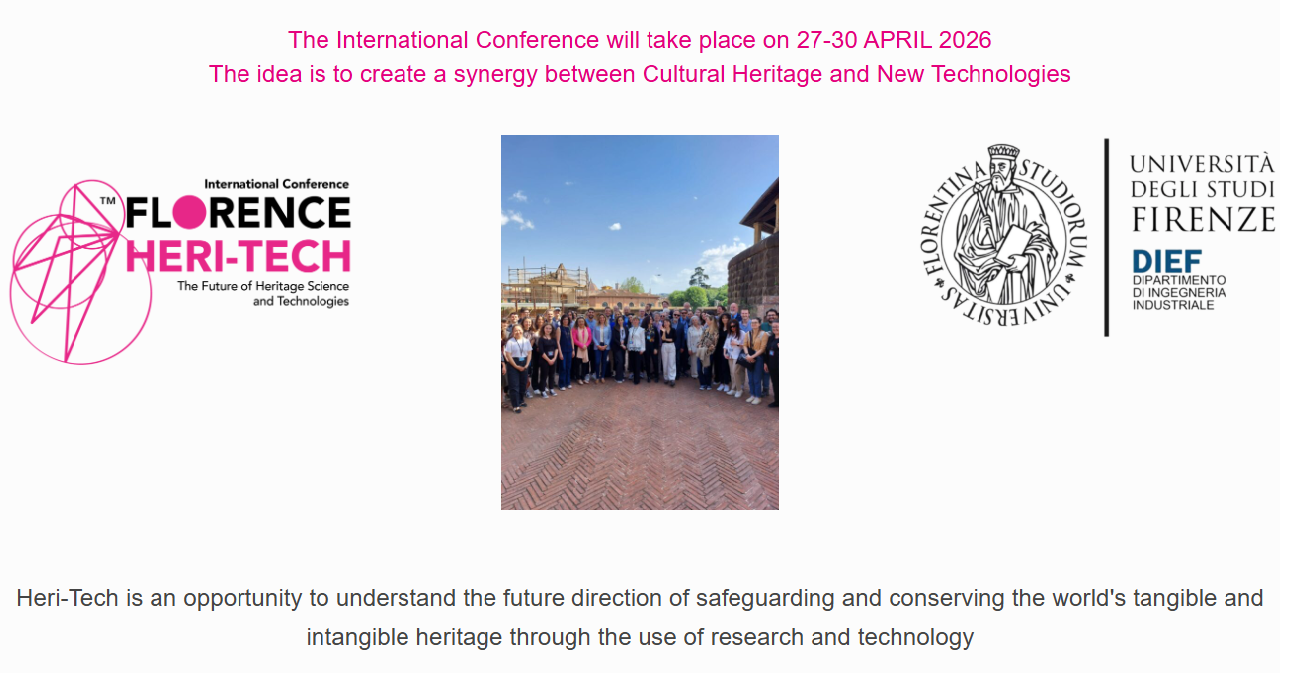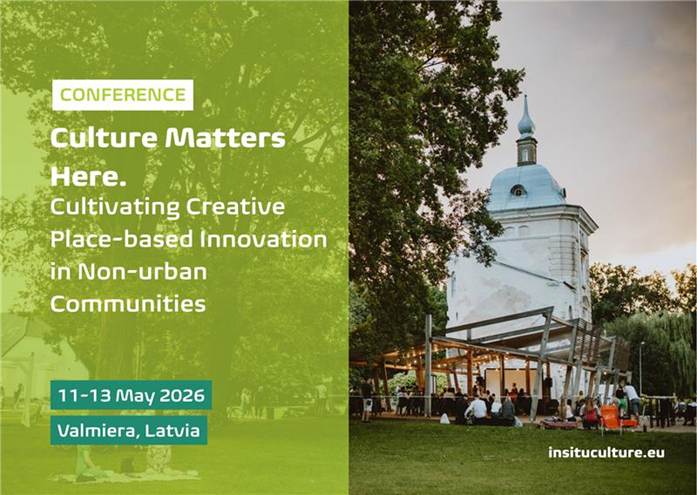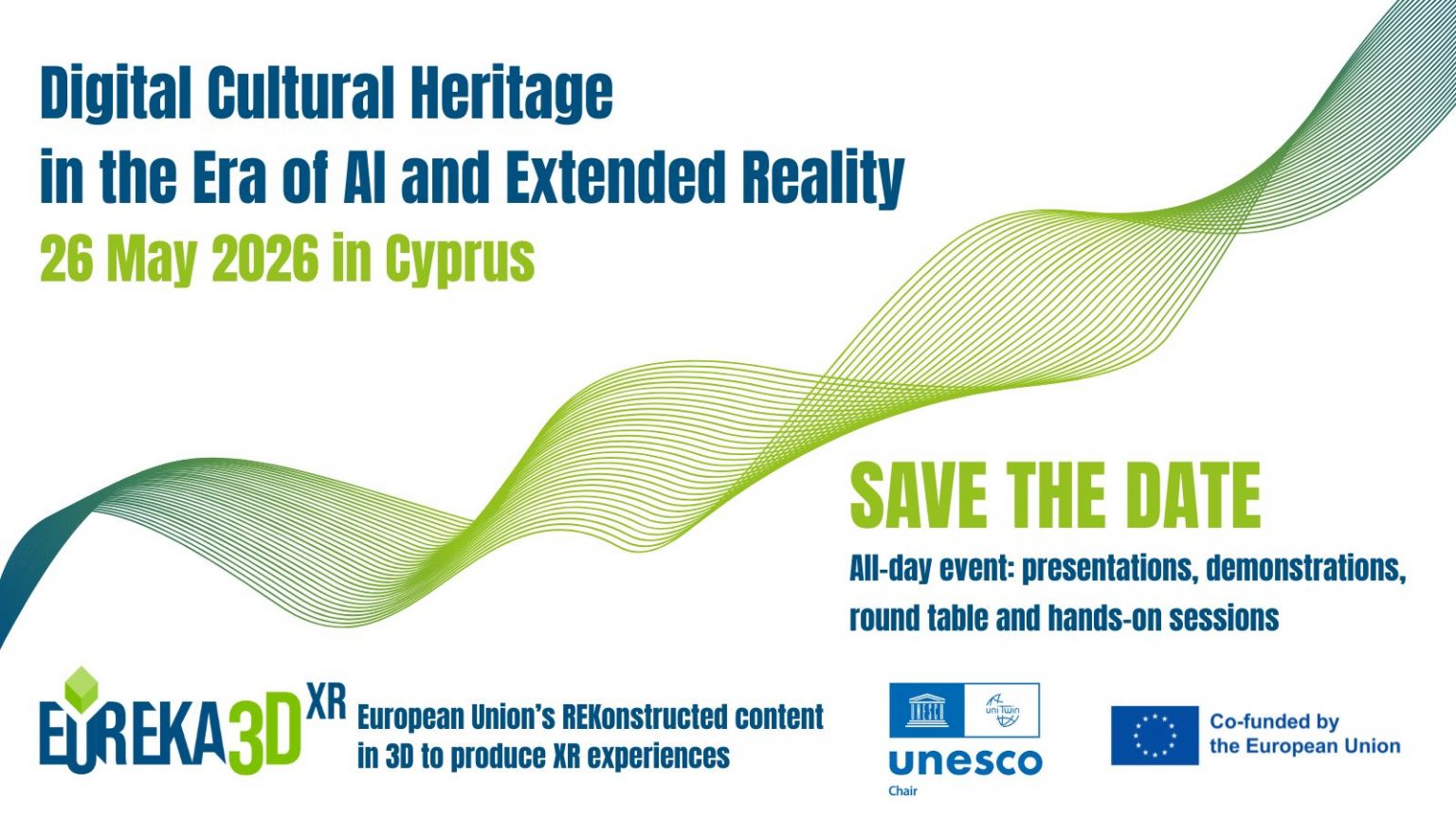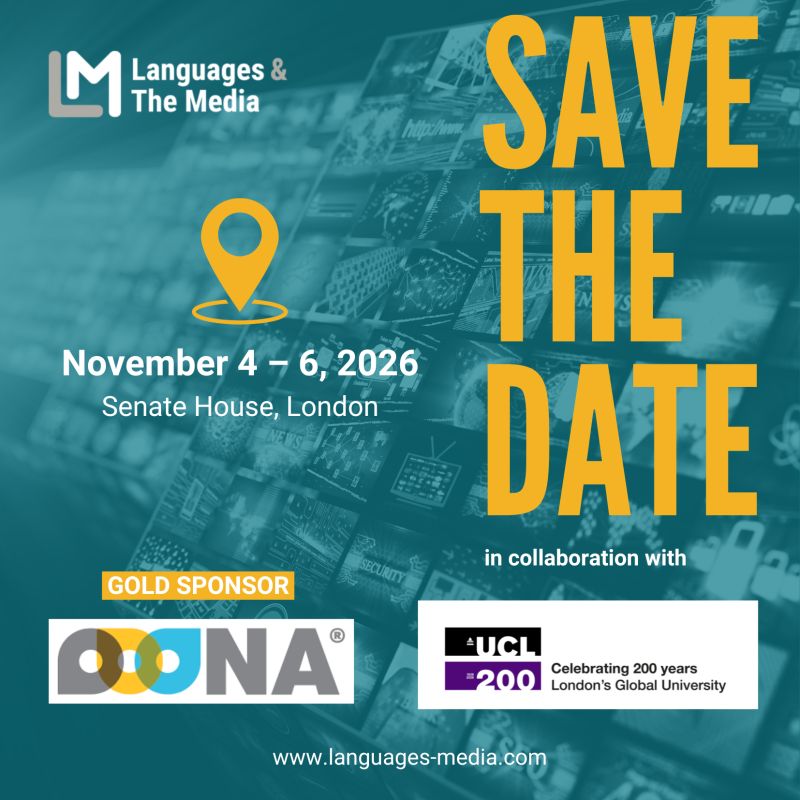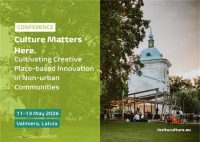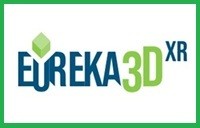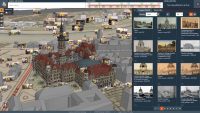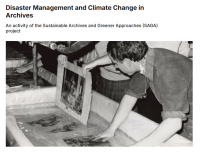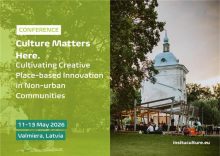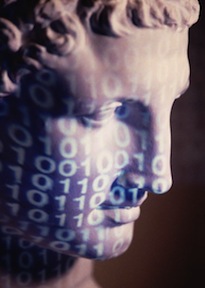
On 28-30 May 2015, in Lleida, the XV Archive Congress of Catalonia is being held, aimed at investigating and developing best practice for digital preservation.
As PREFORMA Project representative, Bert Lemmens from PACKED (Centre of Expertise in Digital Heritage, based in Brussels) is intervening with a speech on “Selecting Formats for Digital Preservation”.
Hereafter the event programme.
Programme
Thursday 28 May 2015
09.00h – 10.00h Opening
10.00h – 11.00h Plenary Hall: “What do we talk about in talking of preservation?” by Nancy McGovern
11.00h – 11.30h Coffee break
11.30h – 13.30h Round Table: “Catalan experience of digital preservation” by Maite Muñoz, Raimon Nualart, Karibel Pérez, Raimon Nualart. Moderator: Lluis-Esteve Casellas
13.30h – 15.30h Lunch
15.30h – 16.30h Plenary Hall: “Services and technologies for digital preservation” by José Carlos Ramalho
16.30h – 17.30h Round Table: “How does a digital repository work?” by Miguel Ángel Márdero, Jordi Serrano. Moderator: Miquel Térmens
17.30h – 18.00h Coffee break
18.00h – 19.00h Plenary Hall: “Selecting formats for digital preservation” by Bert Lemmens
19.00h – 20.00h Round Table: “Integration of document management and digital preservation” by Empar Costa, Pepita Raventós, Eva Roca. Moderator: Raimon Nualart
Friday 29 May 2015
09.00h – 10.00h Plenary Hall: “What do we talk about in talking of cloud services?” by Ricard de la Vega
10.00h – 11.00h Plenary Hall: “How to plan digital preservation?” by Barbara Sierman
11.00h – 11.30h Coffee break
11.30h – 13.30h Round Table: “Digital preservation as a service (SaaS: Software as a Service)” by Antonio Guillermo, Pep Lluís de la Rosa, Ramon Ros, Mario Yélamos
13.30h – 15.30h Lunch
15.30h – 16.30h Plenary Hall: “And all that is left out? What do I archive when I say I archive?” by Thomas Risse
16.30h – 17.30h Round Table: “Is it safe to outsource the digital custody?” by Ramón Miralles, Javier Prenafeta, Oriol Torruella. Moderator: Nacho Alamillo
17.30h – 19.00h Coffee break
17.30h – 19.30h Parallel Round Table: “The new ISO 9001:2015: An opportunity for improvement of document management”. Activity organised in cooperation with the XV Spanish Documentation Day
17:45h General meeting
Saturday 30 May 2015
09.00h – 10.00h Plenary Hall: “Digital archives in a networked world” by Luís Antonio Castrillo, Aránzanzu Lafuente
10.00h – 11.00h Plenary Hall: “Impact of the new state legislation” by Nacho Alamillo
11.00h – 11.30h Coffee break
11.30h – 13.00h Round table: Public policies of digital preservation by Enric Cobo, Miquel Estapé, Eugènia Serra, Ingrid Gómez. Moderator: Jordi Serra
13.00h – 13.30h Closing

For further info visit the event website (Catalan language)


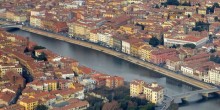
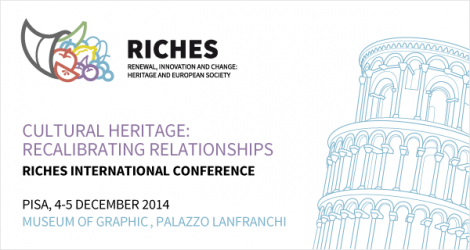



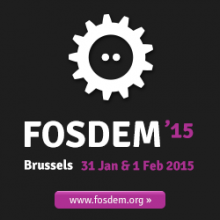
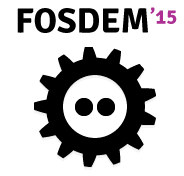 FOSDEM is a two-day event organised by volunteers to promote the widespread use of open source software.
FOSDEM is a two-day event organised by volunteers to promote the widespread use of open source software.

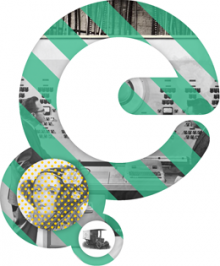 The second international EuropeanaTech conference will be held on February 12th and 13th 2015 in Paris, France.
The second international EuropeanaTech conference will be held on February 12th and 13th 2015 in Paris, France.


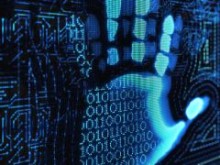
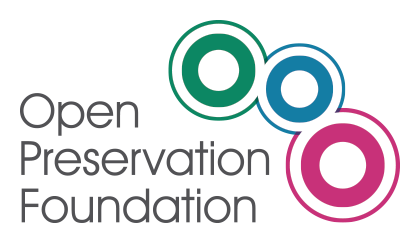 This one-day workshop, being held on 29 May in Vienna, at the Austrian Institute of Technology (AIT), offers the opportunity to learn how digital forensics and the use of disk images can support your digital preservation workflows. Supported by expert facilitators Cal Lee and Kam Woods from the University of North Carolina, participants will get hands-on experience using the
This one-day workshop, being held on 29 May in Vienna, at the Austrian Institute of Technology (AIT), offers the opportunity to learn how digital forensics and the use of disk images can support your digital preservation workflows. Supported by expert facilitators Cal Lee and Kam Woods from the University of North Carolina, participants will get hands-on experience using the 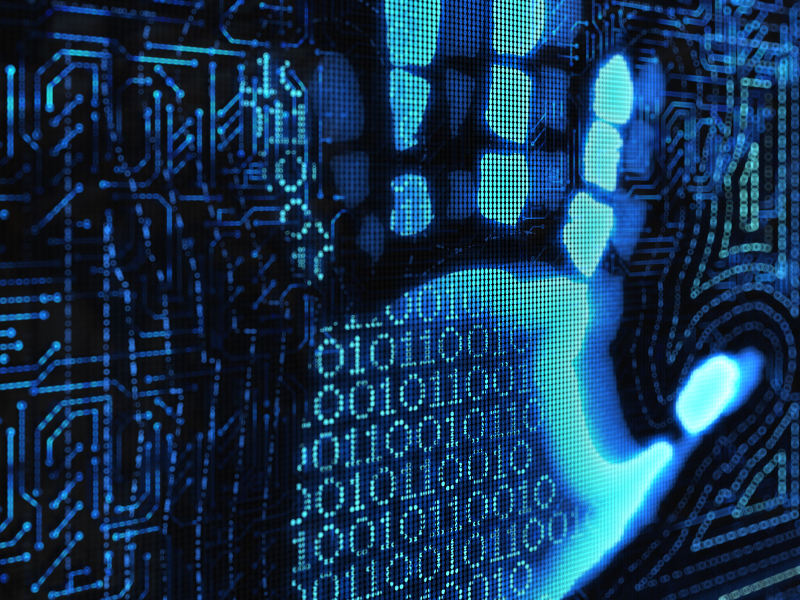

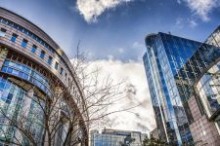 PREFORMA has been invited to the second concertation meeting for all on-going PCP projects in DG Connect, organised by the European Commission in Brussels on the 5th of March 2015.
PREFORMA has been invited to the second concertation meeting for all on-going PCP projects in DG Connect, organised by the European Commission in Brussels on the 5th of March 2015.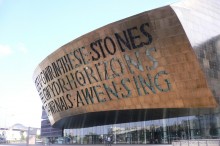
 Bangor Law School is home to the Institute for Competition and Procurement Studies (ICPS). Each year they organise a National Procurement Conference in partnership with the Welsh Government. In 2015 the event will take place at the St David’s Hotel in Cardiff, Wales.
Bangor Law School is home to the Institute for Competition and Procurement Studies (ICPS). Each year they organise a National Procurement Conference in partnership with the Welsh Government. In 2015 the event will take place at the St David’s Hotel in Cardiff, Wales.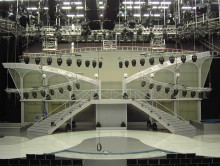
 PREFORMA project has been invited to the final evaluation and user-test-workshop organised by the sister R&D-project DAVID (Digital AV Media Damage Prevention and Repair) in Vienna at the ORF-Centre on 28-29 April 2015.
PREFORMA project has been invited to the final evaluation and user-test-workshop organised by the sister R&D-project DAVID (Digital AV Media Damage Prevention and Repair) in Vienna at the ORF-Centre on 28-29 April 2015.